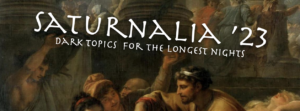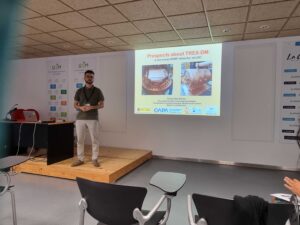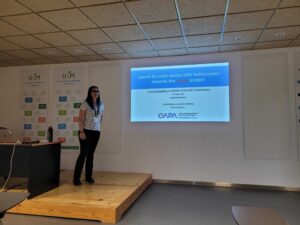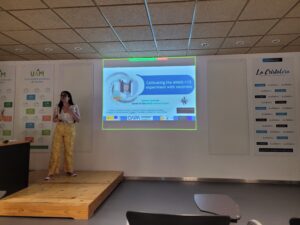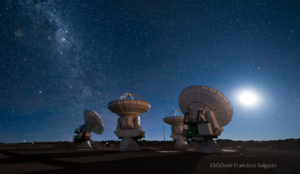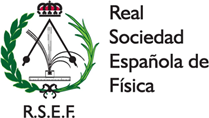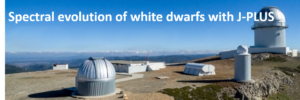
Dr. Carlos López Sanjuan is a researcher at CEFCA (Centro de Estudios de Física del Cosmos de Aragón).
Abstract: White dwarfs are the degenerate compact remnants of stars with masses below 8 Msun. They do not have an internal source of energy and just cool down with time. In addition, they show a diversity of atmospheric compositions in their spectra, with sources presenting hydrogen (H) lines (DA type), helium (He) lines (DO and DB type), metal lines (DZ type), and featureless spectra (DC type) among others. In this seminar we present our recent work about the spectral evolution of white dwarfs with effective temperature (i.e., their age) using the Javalambre Photometric Local Universe Survey (J-PLUS). We analysed 5926 white dwarfs with r <= 19.5 mag in common between the white dwarf catalogue presented in Gentile Fusillo et al. 2021, defined from Gaia EDR3, and J-PLUS DR2. We estimated their effective temperature (Teff), surface gravity, parallax, and spectral type; and the probability of having a H-dominated atmosphere (p_H) for each source. Our analysis yields a 21 +- 3% increase in the fraction of He-dominated white dwarfs from Teff = 20000 K to Teff = 5000 K.
Horario: 12:00, del jueves 10 de marzo, en el seminario de Física Nuclear. On-line



